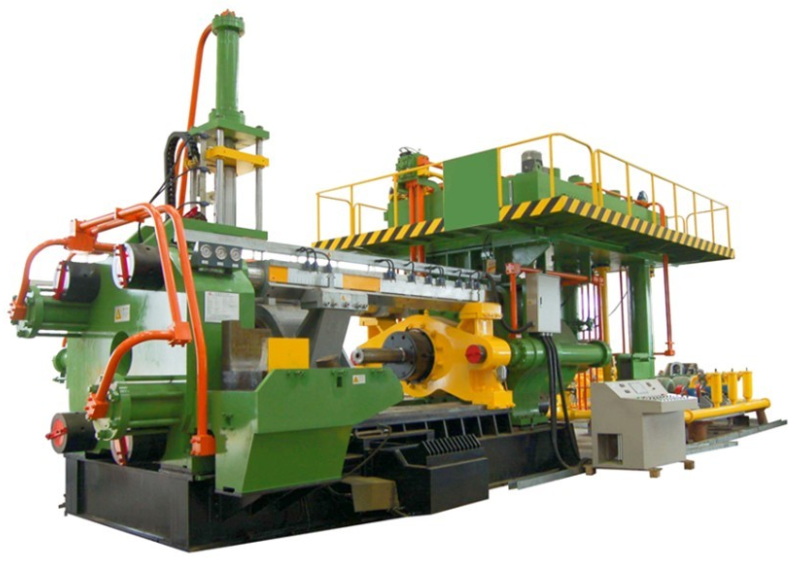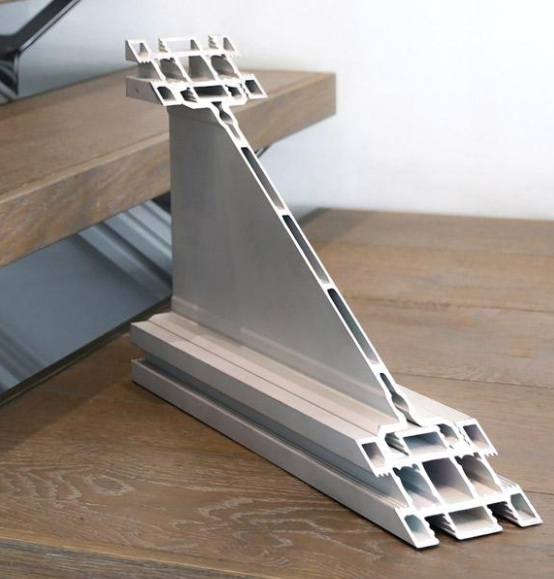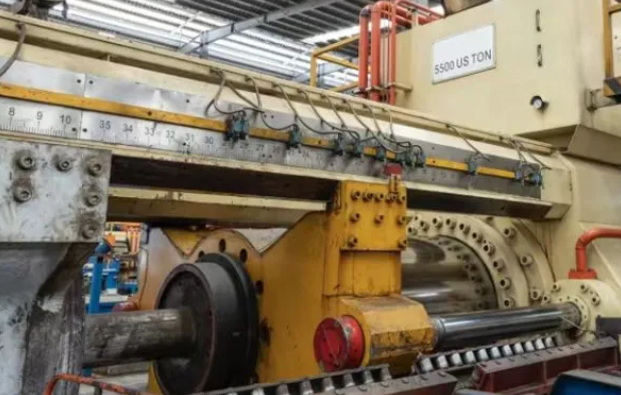Content Menu
● Introduction to Aluminum Extrusion
>> Aluminum Extrusion Process Overview
● Installing a Customer Aluminum Extruder
>> Pre-Installation Checks
>> Installation Steps
>> Post-Installation Maintenance
● Applications of Customer Aluminum Extruders
● Customization Options for Customer Aluminum Extruders
● Troubleshooting Common Issues
● Conclusion
● FAQs
>> 1. What are the typical load capacities for customer aluminum extrusions?
>> 2. How do different types of fasteners affect the structural integrity of the assembly?
>> 3. Can customer aluminum extrusions be painted or anodized?
>> 4. What tools are essential for working with customer aluminum extrusions?
>> 5. How often should customer aluminum extruders be maintained?
Installing a customer aluminum extruder requires careful planning, precise execution, and a thorough understanding of the extrusion process. This guide will walk you through the steps necessary to ensure maximum performance from your custom aluminum extruder.

Introduction to Aluminum Extrusion
Aluminum extrusion is a process where aluminum alloys are transformed into various shapes and profiles by forcing them through a die. This process involves several key steps, including die preparation, billet preheating, extrusion, quenching, and stretching.
Aluminum Extrusion Process Overview
1. Die Preparation: The extrusion die is preheated to around 450-500°C to ensure smooth metal flow and extend its lifespan. Proper die preparation is crucial as it directly affects the quality of the extruded product. The die must be designed to match the desired profile, and its surface finish can influence the final product's appearance.
2. Billet Preheating: Aluminum billets are heated to 400-500°C to make them malleable without melting. This step is critical because it ensures that the billet can be easily pushed through the die without cracking or deforming.
3. Extrusion: The billet is pushed through the die using a hydraulic ram, applying up to 15,000 tons of pressure. The extrusion process requires precise control over temperature and pressure to achieve consistent results.
4. Quenching: The extruded profile is cooled rapidly to set its shape. This step is essential for maintaining the structural integrity of the extrusion by preventing warping or distortion.
5. Stretching: The extrusions are stretched to correct any twisting or bending that may have occurred during the cooling process. This ensures that the final product meets the required specifications.
Installing a Customer Aluminum Extruder
Pre-Installation Checks
Before installing a customer aluminum extruder, ensure the site meets all necessary criteria:
- Space and Structural Integrity: Verify that the floor space can accommodate the machine and withstand its vibrations. The extruder must be placed on a level surface to prevent uneven wear and ensure smooth operation.
- Power Supply: Ensure the electrical connections can handle the machine's power requirements. It is crucial to consult the manufacturer's specifications to avoid overloading the electrical system.
- Environmental Conditions: Check that the environment is suitable for the extruder's operation. This includes maintaining a stable temperature and humidity level to prevent corrosion or damage to electrical components.
Installation Steps
1. Positioning the Extruder: Place the extruder securely, following the manufacturer's instructions. Ensure it is aligned properly with other machinery if part of a production line.
2. Connecting Components: Ensure all parts, such as the gearbox and thrust assembly, are correctly connected. This includes checking for any loose connections or misaligned parts.
3. Testing the System: Perform a trial run to ensure all components are functioning correctly. Monitor for any unusual noises, vibrations, or signs of overheating.
Post-Installation Maintenance
Regular maintenance is crucial for optimal performance:
- Cleaning: Use a soft cloth and mild detergent to clean the extruder's surface. Regular cleaning helps prevent dust buildup and corrosion.
- Inspection: Periodically check for wear or damage, especially at joints and fasteners. Early detection of issues can prevent costly repairs.
- Lubrication: Apply suitable lubricants to moving parts for smooth operation. This reduces friction and extends the lifespan of the machine.

Applications of Customer Aluminum Extruders
Customer aluminum extruders are versatile and used in various industries:
- Construction: For building frames and structural components. Aluminum extrusions are popular due to their lightweight yet strong properties.
- DIY Projects: Popular for custom builds and frameworks. The ease of working with aluminum extrusions makes them ideal for hobbyists and DIY enthusiasts.
- Automotive and Aerospace: Used in vehicle frames, engine components, and aircraft parts due to their high strength-to-weight ratio.
- Furniture and Decor: Often used in modern furniture designs for its sleek appearance and durability.
Customization Options for Customer Aluminum Extruders
One of the advantages of customer aluminum extruders is the ability to customize them according to specific needs:
- Profile Design: The extrusion die can be designed to produce unique profiles that match specific application requirements.
- Material Selection: Various aluminum alloys can be used, each offering different properties such as corrosion resistance or high strength.
- Finishing Options: Extrusions can be anodized, painted, or powder-coated to enhance appearance and durability.
Troubleshooting Common Issues
During operation, several issues may arise:
- Die Clogging: Caused by improper die cleaning or debris accumulation. Regular cleaning and maintenance can prevent this.
- Extrusion Warping: Often due to uneven cooling or improper stretching. Adjusting the quenching process or stretching technique can resolve this.
- Machine Vibration: Can be caused by misalignment or uneven flooring. Ensure the machine is properly secured and aligned.
Conclusion
Installing a customer aluminum extruder requires meticulous attention to detail and adherence to best practices. By following these guidelines, you can ensure maximum performance and longevity of your extruder. Regular maintenance and proper operation are key to achieving consistent results and extending the lifespan of the machine.

FAQs
1. What are the typical load capacities for customer aluminum extrusions?
The load capacity varies based on the alloy and design, but generally, they support moderate loads suitable for lightweight structures.
2. How do different types of fasteners affect the structural integrity of the assembly?
Bolts provide a stronger hold than screws, while T-slot nuts allow for easy adjustments and disassembly.
3. Can customer aluminum extrusions be painted or anodized?
Yes, extrusions can be painted or anodized to enhance appearance and corrosion resistance.
4. What tools are essential for working with customer aluminum extrusions?
Essential tools include measuring tapes, saws suitable for aluminum, and T-slot nuts and bolts.
5. How often should customer aluminum extruders be maintained?
Regular maintenance should be performed periodically to ensure optimal performance and longevity.






















